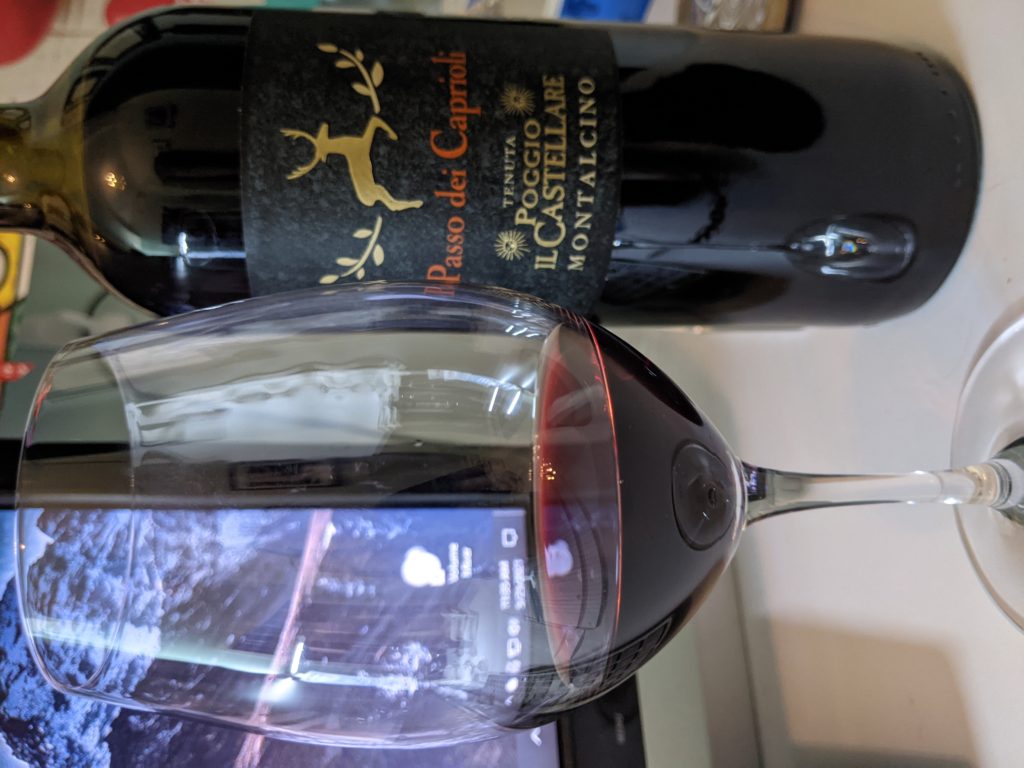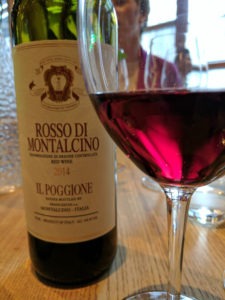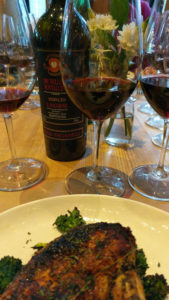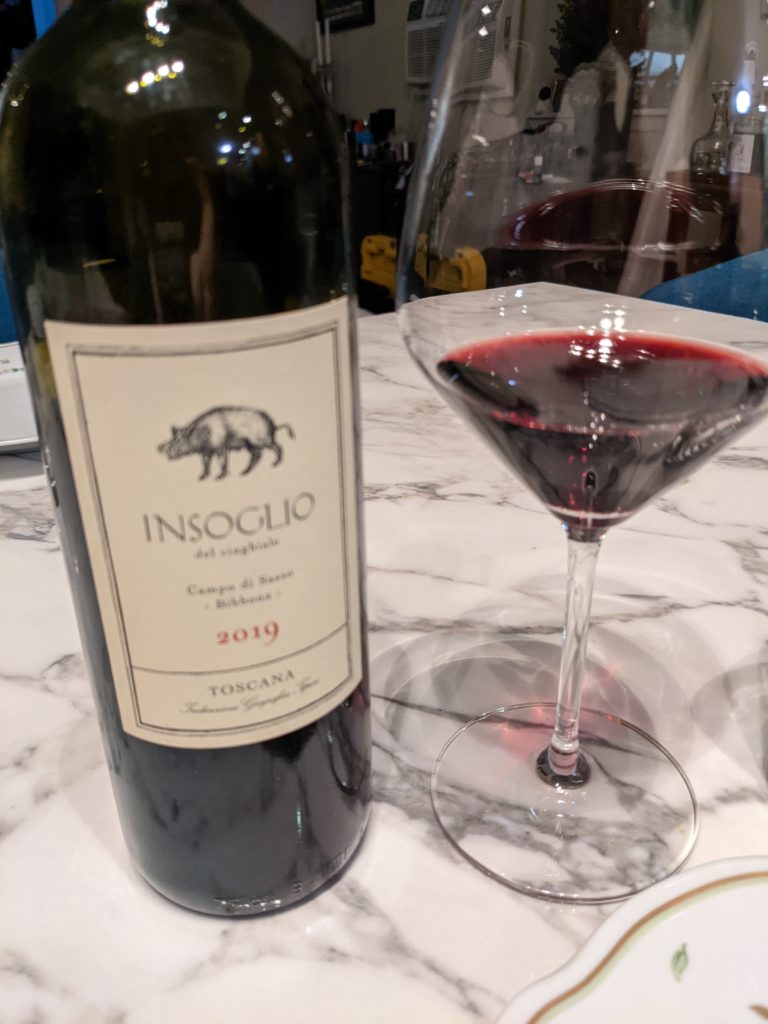
Having arrived at the 2nd anniversary of Covid’s official designation as a global pandemic, the world is slowly returning to a pre-pandemic normal. Yet, in many ways, the world has significantly changed and the way we live is not necessarily the same normal we used to know.
For many, the realities of inflation are further hampering their ability to dine out as before, especially as restaurants try to make up for lost time, lost patrons and lost income. Plus, understandably some people are still wary of dining indoors or being out in big crowds.
In light of these social and economic changes, the way we socialize is in flux. Yet, the need for human connection has never been greater. But staying in to save money and maintain safety doesn’t have to impede one’s plans. Dining at home easily puts the emphasis on what’s important: enjoying quality time with friends and loved ones. Moreover, it is easier and less expensive than finding a mutually agreeable restaurant.
In this vein, I have been returning to hosting people in our apartment much more frequently these days, but in different ways than before. Given this shift, I have been desiring to entertain more lavishly when it comes to cuisine, cocktails and wines. Thus, we are following suit by cooking more elaborate meals and upgrading our wine choices.
As of late, we are inviting couples and small groups for dinner, both on weeknights and weekends, as a way to renew acquaintances, reconnect and recharge. One Monday night, neighborhood friends joined us for a casual dinner of paprika chicken and butternut squash, which was easily enlivened with the Biserno Insoglio del Cinghiale. Similarly, a cold, snowy Saturday was the perfect excuse to skip a walk in the wet weather and host a friend for charcuterie, cheeses and olives in my apartment and break open the Nardi Brunello. And, a Chianti Classico Riserva is always a welcome addition to one’s table.
Your guests certainly won’t complain about being served higher end wines with more complexity and concentration. Such selections can take a mundane Monday and elevate the occasion with the simple twist of a cork.
>>Read on for tasting notes and information on the properties.
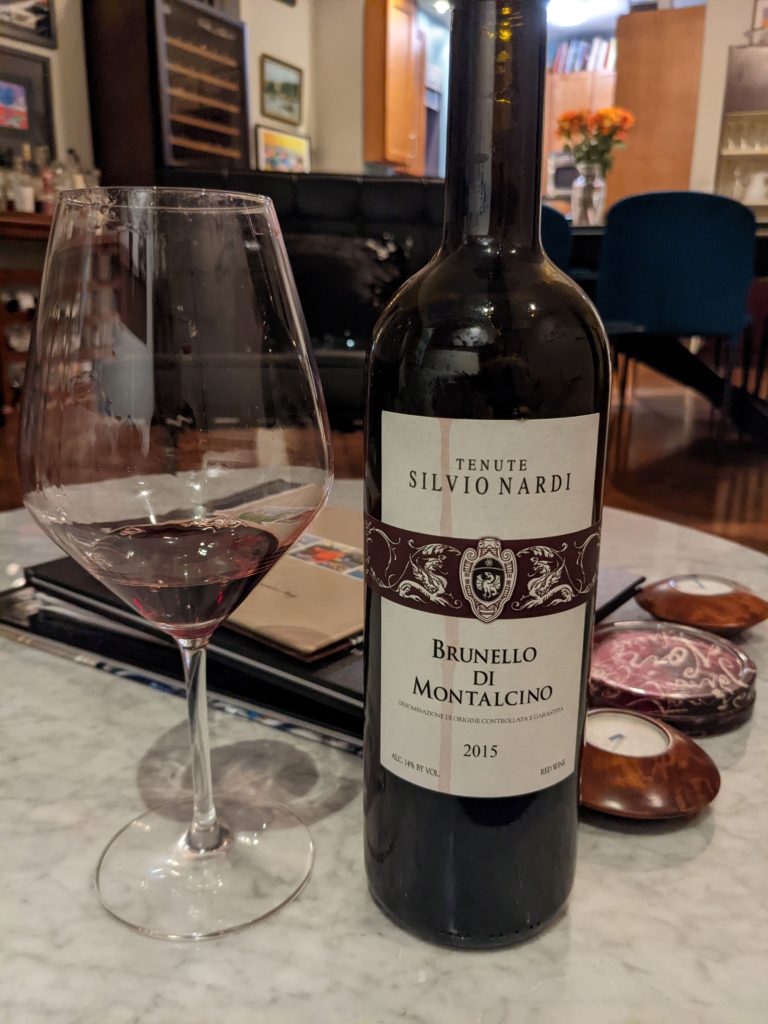
TASTING NOTES
Tenuta di Nozzole 2018 Chianti Classico Riserva, Tuscany, Italy, $24.99
Owned by the Folonari family, which has been in the winemaking industry since the 1700s, Tenuta di Nozzole was purchased in 1971, with vineyards dating 700 years.
This wine is produced solely from Sangiovese grapes and then spends 24 months in oak barrels with another 3 months in bottle before being released. The extra ageing earns this wine its Riserva designation and adds to the depth and development of the resulting wine.
Aromas of red cherry, black cherry, slight oak and wood greet the nose. The dry palate has high acidity, medium+ body and ripe, resolved tannins. It displays more secondary characteristics than primary fruit flavors, culminating in long length.
Tenuta di Biserno 2019 Insoglio del Cinghiale, Tuscany, Italy, $42.99
The Tenuta di Biserno property stems from a partnership between Marchese Lodovico Antinori, creator of Italian legends Ornellaia and Masseto, and his brother Marchese Piero Antinori, President of acclaimed Antinori Wines, in collaboration with legendary Oenologist, Michel Rolland. Situated in the Upper Maremma, the vineyards are home to a unique microclimate, which the collaborators felt well suited to Cabernet Franc, which is less common in the region. This particular wine is an interesting blend of 33% Syrah, 33% Merlot, 14% Cabernet Franc, 14% Cabernet Sauvignon and 6% Petit Verdot.
With notes of smoke, oak, blackberry and earth, the beautifully balanced wine offers up good acidity, full body and ripe tannins. The dry, complex palate shows flavors of blackberry, smoke, a hint of raisin, and earth, along with long length.
Tenute Silvio Nardi 2015 Brunello di Montalcino, Tuscany, Italy, $83.00
Founded by Silvio Nardi who purchased Casale del Bosco estate in 1950 and became a leader in the establishment of the Brunello di Montalcino denomination, Tenuta Silvio Nardi has become a highly regarded producer of these wines. Today, Silvio’s youngest daughter, Emilia Nardi, is at the helm of the winery, working in consultation with enologist Eric Boissenot, one of the world’s top ten winemaking consultants. As a Brunello, this wine is made entirely of Sangiovese and, as per law, is aged for 30 months in wood barrels and 12 months in bottle.
On the nose, this wine displays notes of ripe cherries, oak, and a slight leafy note. The dry, full-bodied palate has bright acidity, with rich, concentrated fruit of cherry and berry, along with a hint of oak and very long length. It is still quite tannic and needs time In bottle to develop.




